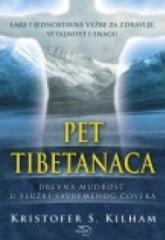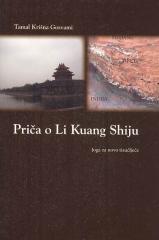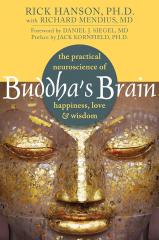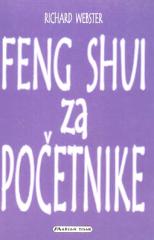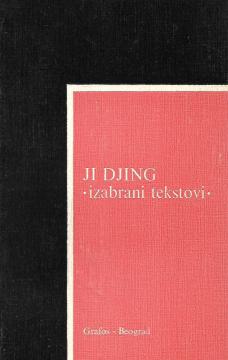
Ji Djing: izabrani tekstovi
The I Ching, or Book of Changes, is one of the oldest Chinese classics. It serves as a handbook for wisdom, foresight and philosophy. It is based on the concept of change and the interaction of yin and yang.
The I Ching, or Book of Changes, is one of the oldest and most influential Chinese classics, used for wisdom, philosophy and divination. Here is a summary of the key elements:
- Structure Hexagrams: It consists of 64 hexagrams, each of which is a combination of eight basic trigrams. Hexagrams symbolize different situations and patterns of change. Trigrams: They consist of three lines (continuous or interrupted), which represent basic natural forces.
- Method of divination Users flip coins or use wands to create a hexagram, which is then interpreted according to the book's rules.
- Philosophical topics The I Ching emphasizes change as the fundamental nature of reality. The concepts of yin (passivity) and yang (activity) represent opposite but complementary forces. It provides guidance for decision-making, encourages introspection and reflection on life situations.
- Practical application It is used as a self-help and reflection tool, helping users to understand their inner thoughts and external circumstances. The I Ching is not only a divination tool, but also a philosophical text that explores human nature and our relationship to the world.
Nema primeraka u ponudi
Poslednji primerak je nedavno prodat.
